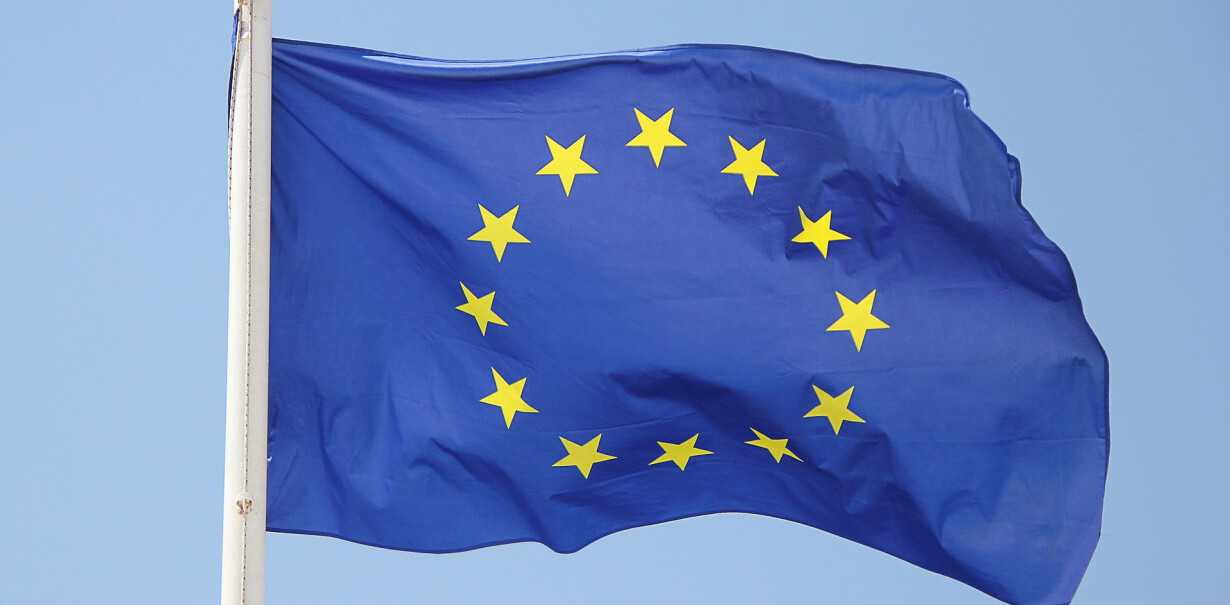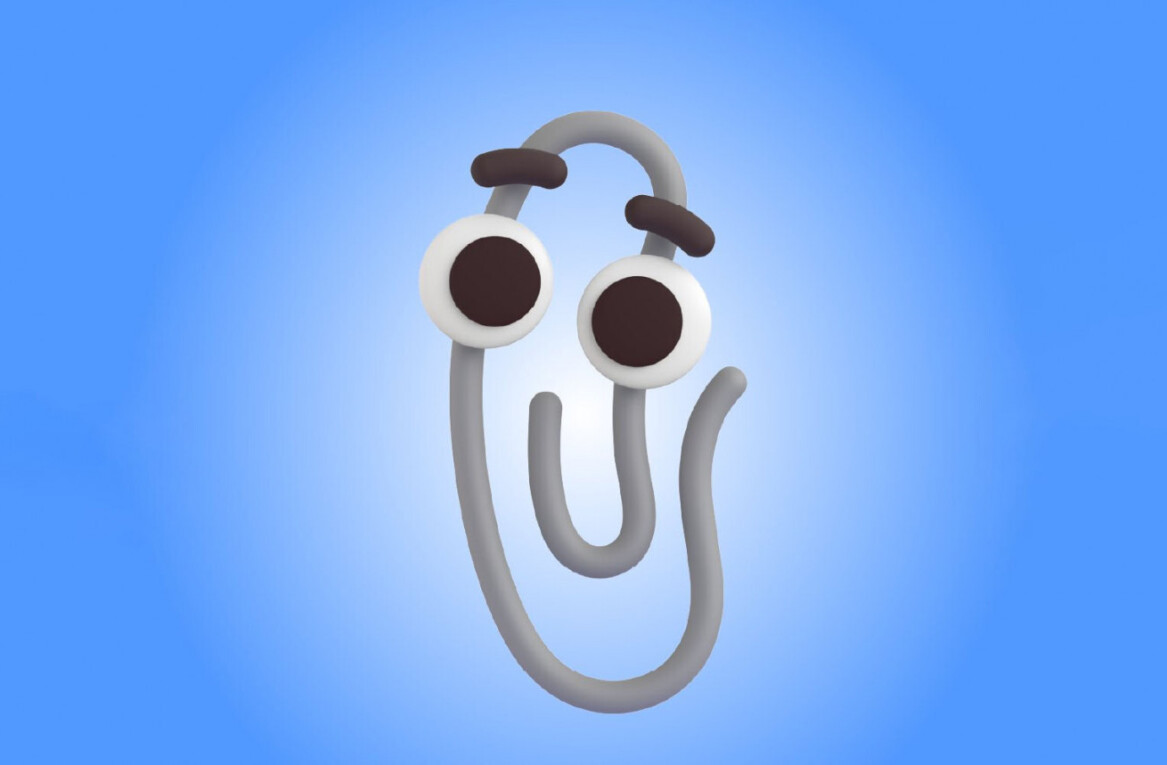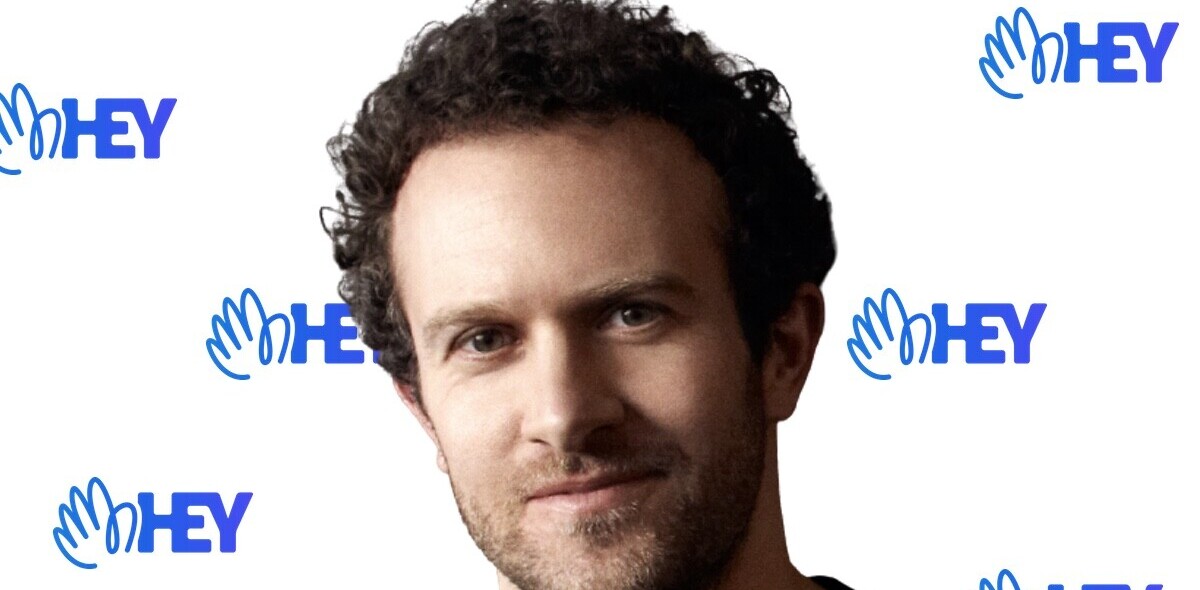Capiche is a secret society for SaaS power users, building a new community of people who care about software to make the SaaS industry more transparent, together. This article was written by Matthew Guay, Capiche‘s founding editor and former senior writer at Zapier.
The problems with email were there from the beginning.
You’d be reading documentation, see something to improve, and wish you could tell the author.
For MIT’s programming staff in 1965, that idea led to the invention of email. “A new command should be written to allow a user to send a private message to another user which may be delivered at the receiver’s convenience,” wrote the team. “This will be useful for the system to notify a user that … files have been backed-up,” presciently imagining email as a notifications inbox.
More fatefully, they continued: “It will also be useful for users to send authors any criticisms.”
We’ve been trying to escape those automated notifications and unsolicited feedback letters ever since.

Email was a simple enough concept, with a file name (what became the email subject), a user (what became email addresses), and the message. The MIT team’s proposal assumed “The proposed MAIL command can be written,” which proved true. Writing the MAIL command only took the summer of 1965.
Decades have passed, though, and email still hasn’t been perfected.
[Read: How SaaS reinvented shareware and killed piracy]
It’s not for lack of trying.
An email app has been part of Microsoft Office since 1993, another bundled with Windows since ’98. Blackberry’s core selling point was email on the go. Google’s classic April Fools’ Day jokes started with Gmail, which was anything but a joke. And 55 years after email first launched, new email apps are still some of the most anticipated new software.
Yet email apps die at an alarming rate, enough that it’s almost a rite of passage for tech companies to acquire and then shut down, promising new email apps. Google did it to Sparrow, Dropbox to Mailbox, Slack to Astro, Microsoft to Acompli, LinkedIn to Rapportive, Essential to Newton.
“At worst, you’re dead within months. At best, you’re acquired, and then killed off a few years later,” wrote Casey Newton about email apps, after Dropbox shut down Mailbox. “To make a real dent, any new email client would have to be much, much better.”
Email apps are good at being better. They’ve invented or popularized some of the most innovative ideas in software—even if they can’t always find a business model to match. And those features are what live on.
Web apps

Hotmail didn’t invent free email. Juno did, and against all odds still lives on.
Web apps, however, got popularized with email.
Hotmail was however the first web app most people used. “With Hotmail, if you know how to surf the web, then you know how to send email,” marveled PC Magazine in an early review. No software to download, a visit to hotmail.com was enough to send and receive emails from any computer.
Web apps helped turn software into a service, paved the way for today’s modern business software that works from every browser and device. But in 1996, that was revolutionary. Hotmail showed us how to work in the future.
Email as a status symbol
Hotmail was also what The Economist called “the father of viral marketing.” Every email sent from Hotmail said “Get your private, free e-mail at hotmail.com” in the footer, a trick everything from the iPhone (“Sent from my iPhone.”) to Superhuman (“Sent via Superhuman”) copied. It was the original software as a status symbol.
Superhuman took that further, as an invite-only email app that costs $30/month. Hotmail’s footer said you got email for free. Superhuman says your time is valuable enough to pay for email. Hey’s $99/year @hey.com email address says you wanted a better email service enough to switch accounts. Every new premium software offering, in a way, ironically has Hotmail to thank for blazing the way.
Bundling and unbundling

Build a minimum viable product, they say. Focus on one feature, do that better than anyone else.
Not Microsoft. Their contribution to email is perhaps the best example of bundling in software. Outlook in late 1996 brought everything together, with email, contacts, calendar, notes, and even a journal in one app.
18 years later, Accompli launched as a mobile email app that again combined email, calendar, and contact management in one. It’s no wonder Microsoft acquired and rebranded it as Outlook mobile.
Modern takes on email like Sparrow, Mailbox, Superhuman, and Hey take the other road. They unbundle email from everything else, let you focus only on your messages. Less is more, they declare.
“There are only two ways to make money in business,” says Netscape founder and venture capitalist Marc Andreessen: “One is to bundle; the other is unbundle.” That debate is seen most clearly in email apps.
Notifications and always-on software
If Hotmail was the first viral app, Blackberry made email the first addictive mobile app.
Pagers, perhaps, were the first push notifications. Blackberry took them mainstream.
First with its clamshell Inter@ctive Pager designed only to send emails, then with its original smartphones, the Blackberry is where email went instant. It’d push new emails to your phone, so you’d know as soon as someone messaged you, in an early version of today’s push notifications.
And now, we can’t escape from them. It’s not just email. Seemingly every personal and business app wants to notify you of new things, making office hours a relic of the past.
It’s yet another excess that new email apps try to solve. Google Inbox would only notify you about emails at certain times of the day. Superhuman only notifies you about important emails. Hey only notifies you if specifically requested.
Perhaps these newest attempts to tame notifications in emails will trickle down to other apps that picked up email’s bad habits.
The end of files

Email started out as files, in MIT’s earliest version. You’d write a text file and send it to your colleague with stuff for them to fix.
The earliest email apps treated messages much the same. Email took up space, so you’d read it, reply, then delete it. You’d backup your most important messages to neatly organized folders, much like your Word docs and photos.
Then along came Gmail and reinvented the way we think not just about email, but eventually about files themselves.
It started with Gmail’s then-generous 1Gb of free email storage, and the default Archive button instead of delete. You never needed to get rid of email again. Instead, you could be a digital packrat, archiving old emails to hide them, then rediscover them anytime later with a search.
Files and folders meant email could only live one place at a time, like your paper tax return in a file cabinet. Gmail instead used tags to organize emails—so now, your emailed tax return could live in a Finance and 2020 group at the same time.
We quit worrying about carefully choosing folders for email, quit backing up .mbox files to external drives, quit deleting email for fear of running out of space. Then we took those ideas everywhere else. Your Notion notes, Airtable databases, and Google docs work more like Gmail messages than traditional files.
It was the beginning of the end of files.
Keyboard shortcuts, command palettes, and developer features in consumer apps

Gmail didn’t invent keyboard shortcuts; they were the natural progression of commands from early terminals. Superhuman didn’t invent the command palette; it, too, was a rethinking of terminal commands, and first showed up in Sublime Text’s code editor.
But both helped popularize the formerly-geeky features. Gmail made keyboard shortcuts simpler; you didn’t need to press CMD+N to start a new message, you could just press C instead. Superhuman made sure you’d learn those simpler shortcuts, with personalized onboarding. And it made those commands easier to find with a command palette, consumerizing a formerly developer-focused feature.
And now command palettes are everywhere, from new apps like Height and Notion to new versions of old favorites like Photoshop and even Microsoft Office. A coding app introduced them, but an email app made them a must-have.
A new focus on privacy

Like the original internet service, perhaps it’s only natural that email’s where some of the web’s original debates happen.
Privacy, for instance. The first free email was shocking not only for its price tag, but also for what it asked in exchange. Early Juno and Hotmail signups required not only your name, but also your address, age, gender, marital status, occupation, and more. All the more to target you with.
Gmail took away the banner ads and demographic questions but kept the ad-sponsored business model with text ads targeted on the contents of your emails. Marketers and sales teams wanted to know if their emails were read, so email newsletter and CRM apps added tracking—the email version of Google Analytics or the Facebook pixel that make ads feel like they’re listening to you. Superhuman decided that was useful enough for everyone, and built in read tracking as a default email feature.
Then along came the Basecamp Hey team, and said “We think that’s a gross invasion of your privacy.” So when an email tracks opens, Hey lets you know, and blocks it.
The debate is still out on privacy and tracking, analytics, and ads. But if the winds shift towards more privacy and less tracking—or if, somehow, read receipts become the norm in every other shared business app—it’s email again, leading the way.
Features for a lifetime
That’s along with all the other tiny things email introduced, including:
- Flags: Some email’s more important than others—and you need a way to highlight them. Outlook added flags for that, and they stuck, in both email apps and to-do list tools. Even Slack’s starred messages and Notion’s pinned notes owe a bit to email flags.
- Swipes: What the right-click did for PC software, swipes do on mobile. Email apps are where they got popularized, first with Sparrow then quickly followed by Mailbox. You’d swipe to archive or delete messages, file them, and more. And it stuck as the new default way to add extra features to mobile apps.
- Snoozing: Some messages can wait, so Mailbox added a snooze button to email to hide messages then bring them back when you want. That’s now in Gmail and Superhuman, with similar features like Slack’s Remind me showing up elsewhere.
There’s more, too: Sending later, showing contact info pulled from social media, combining different messages into a single thread, and more, each of which started in one email app then spread to be a new default email feature everywhere. It’s far too early to say which Hey email features will stick around forever, though contact screening seems a strong contender.
Acompli’s work lives on as the new Outlook mobile app. Rapportive’s team got a second chance with Superhuman. Newton now has a second lease on life. Sparrow’s design and Google Inbox’ ideas influenced Gmail’s tweaks over the years, perhaps.
Somehow, today’s best-in-class email apps are hybrids, combinations of the best ideas every other email app brought before. It’s hard to imagine email without web apps, limitless storage, notifications, archive search, and a bit of over-the-top self-promotion. Each feature, at one time, was enough to launch a new email app, to convince us all to switch tools yet again.
And then they became software table stakes.

Get the TNW newsletter
Get the most important tech news in your inbox each week.





